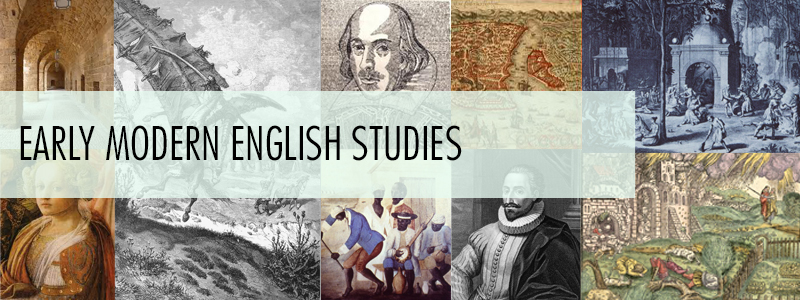

See, for instance, Meg Twycross and Sarah Carpenter, eds., Masks and Masking in Medieval and Early Tudor England (Burlington, VT: Ashgate, 2002) Kolve, The Play Called Corpus Christi Clifford Davidson, Drama and Art: An Introduction to the Use of Evidence from the Visual Arts for the Study of Drama (Kalamazoo, MI: Medieval Institute Publications, 1977) Pamela Sheingorn, “On Using Medieval Art in the Study of Medieval Drama,” Research Opportunities in Renaissance Drama 22 (1979): 101–9 Theresa Coletti, “Devotional Iconography in the N-Town Marian Plays,” Comparative Drama 11 (1977): 22–44 Gibson, The Theater of Devotion and Sarah Beckwith, Signifying God.

George Riley Kernodle, From Art to Theatre: Form and Convention in the Renaissance (Chicago: University of Chicago Press, 1944), p. This process is experimental and the keywords may be updated as the learning algorithm improves. These keywords were added by machine and not by the authors. The play uses its language and spectacle, as well as its cultural context of anchoritic spirituality, to perform its Marian reliquary. The N-Town Assumption of Mary, this chapter argues, creates for its audience an idealized Marian reliquary where none exists. But it will do so in conjunction with an awareness of dramatic utterance as a visual and spectacular phenomenon.


3 The argument that follows will attempt to recuperate the role of textuality in drama by focusing on the poetic features of a medieval play. 2 We might organize these arguments along a broad spectrum, from positivist reconstructions of dramatic performance as a material practice, to a more general imagining of the aesthetics of drama as a visual art form. 1 Since then, a number of arguments in the field have refined our understanding of drama’s dependence as a literary genre upon its material artistic contexts. As early as 1944, the argument that “if is an offspring of literature on one side of the family tree, it is no less a descendent of painting and sculpture on the other side” was put forth as a corrective to an older conception of dramatic analysis. Many influential studies of medieval theatre have described themselves as counteracting-either implicitly or explicitly-a conception of theatre studies as primarily the province of the textual.


 0 kommentar(er)
0 kommentar(er)
